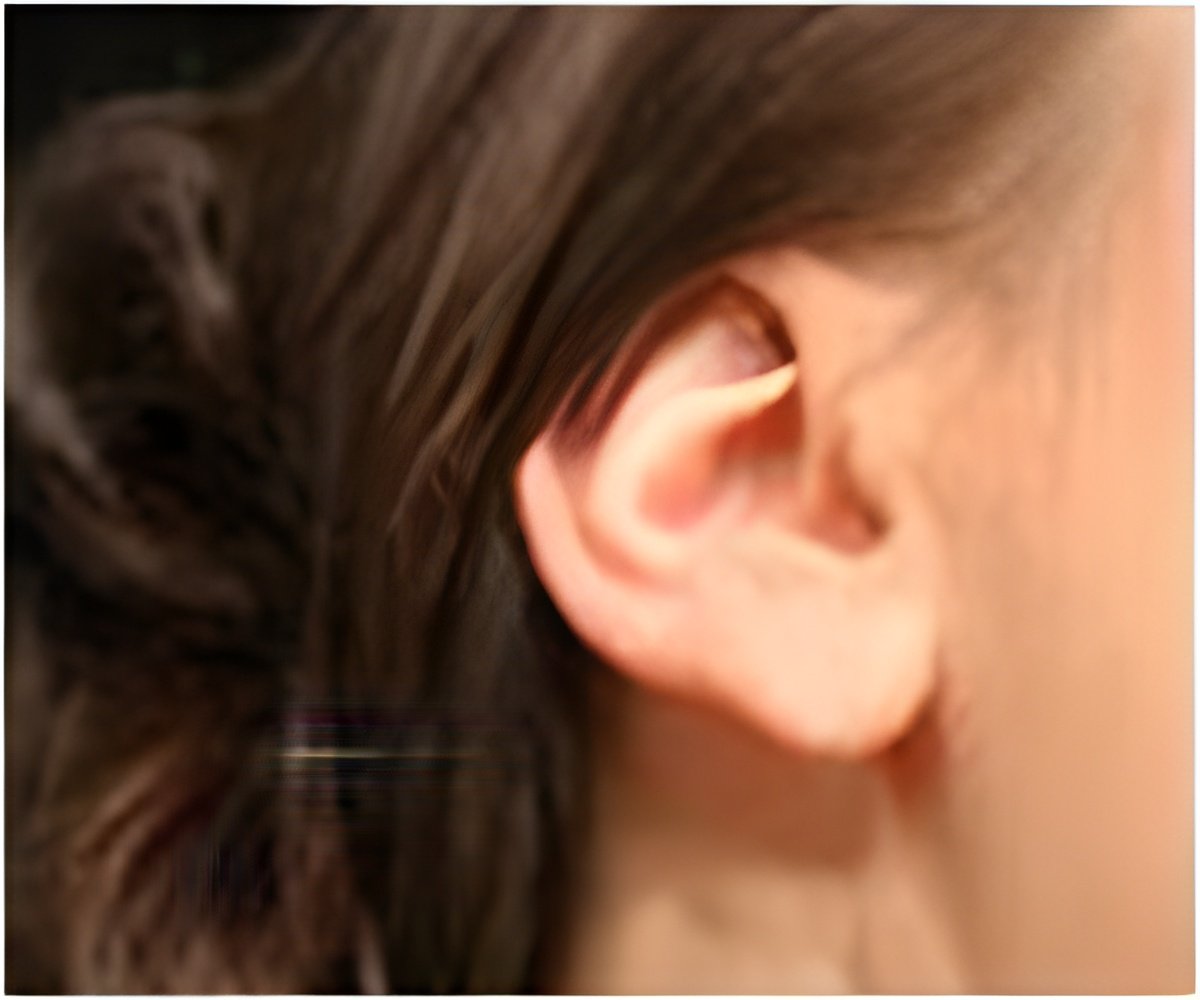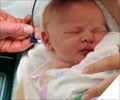Regions of the brain involved in sensory experiences are activated by hearing metaphors, claims a new study.

George Lakoff and Mark Johnson, in their landmark work 'Metaphors we live by', pointed out that our daily language is full of metaphors, some of which are so familiar like "rough day" that they may not seem especially novel or striking. They argued that metaphor comprehension is grounded in our sensory and motor experiences.
New brain imaging research reveals that a region of the brain important for sensing texture through touch, the parietal operculum, is also activated when someone listens to a sentence with a textural metaphor.
The same region is not activated when a similar sentence expressing the meaning of the metaphor is heard.
"We see that metaphors are engaging the areas of the cerebral cortex involved in sensory responses even though the metaphors are quite familiar," Krish Sathian, senior author of the study from Emory University, said.
"This result illustrates how we draw upon sensory experiences to achieve understanding of metaphorical language," Sathian said.
Advertisement
Blood flow in their brains was monitored by functional magnetic resonance imaging. On an average, response to a sentence containing a metaphor took slightly longer - 0.84 versus 0.63 seconds.
Advertisement
This allowed them to establish with confidence the link within the brain between metaphors involving texture and the sensory experience of texture itself.
"Interestingly, visual cortical regions were not activated by textural metaphors, which fits with other evidence for the primacy of touch in texture perception," Simon Lacey, first author of the paper, said.
The researchers did not find metaphor-specific differences in cortical regions well known to be involved in generating and processing language, such as Broca's or Wernicke's areas.
However, Sathian said that this result doesn't rule out a role for these regions in processing metaphors.
The study has been published online in the journal Brain and Language.
Source-ANI













